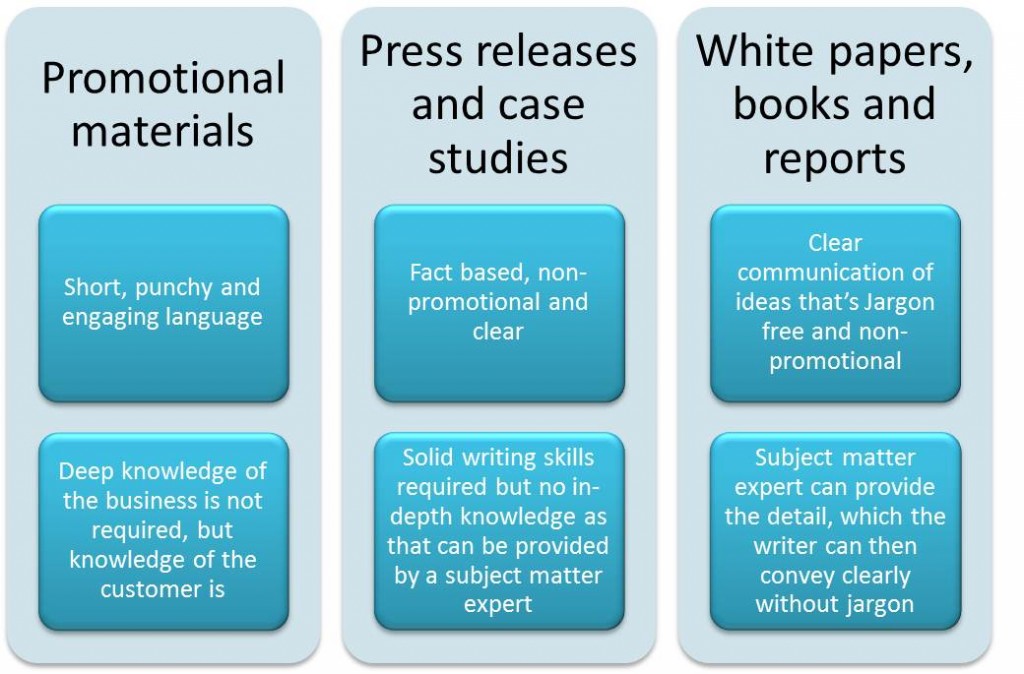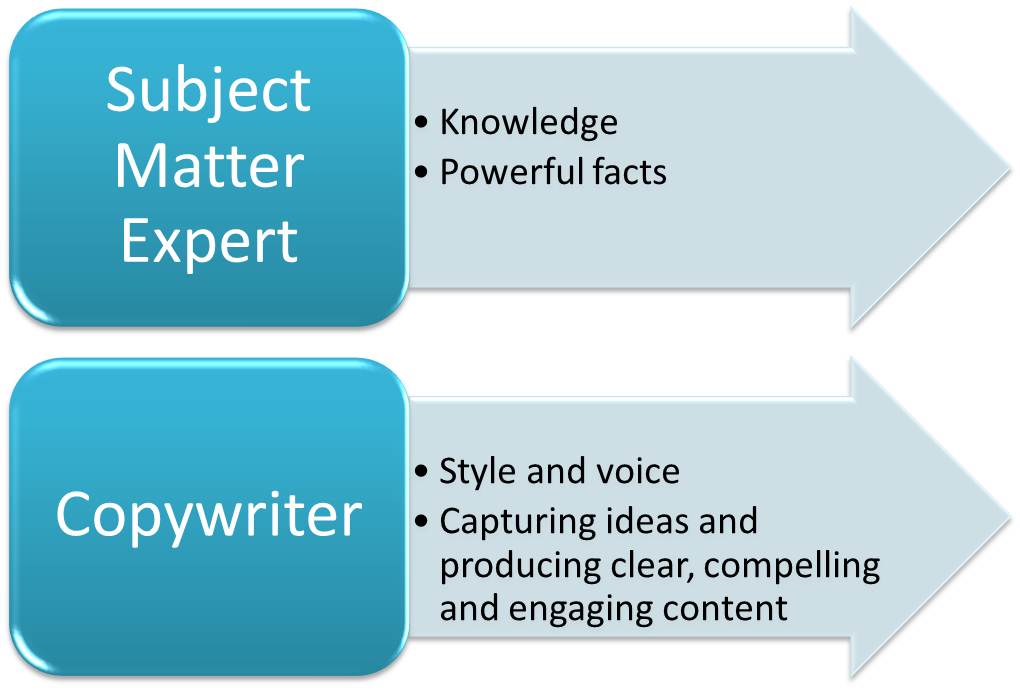Entries Tagged 'copywriting tips' ↓
December 23rd, 2011 — copywriting tips, Customer service, internet marketing, marketing, online marketing
 If your business sells goods online, your ‘shopping experience’ must be exceptional.
If your business sells goods online, your ‘shopping experience’ must be exceptional.
Why?
Well, for many people, shopping online is still dabbling in the unknown. If they buy something from a High Street store, they can speak with staff, see the product, pay for it and take it away there and then.
But shopping online is a completely different experience:
• There is no one to ask questions of immediately
• The can see a picture of the product but not the real thing
• They can’t touch the product
• Although they can pay for it, they have to wait for it to be delivered
Effectively, they are giving a faceless company their hard earned cash for something they’ve not yet received.
It’s hardly surprising so many online transactions are never completed.
Don’t lose sales through ‘what if…’ syndrome
What do I mean?
• What if I can’t get back to the webpage I want if I click this link?
• What if I don’t like the product when it arrives?
• What if the company goes bust?
• What if they sell my details on to another company?
These are just a few of the ‘what ifs…’ that could be flying through your customers’ heads right now.
So how can you alleviate their fears?
How can you make them feel safe while shopping with you?
Give reassurance every step of the way
The key is to reassure them at every stage of the buying process – from the moment they land on your website, right through to their sale confirmation email.
1. Testimonials
An old one, but a good one. Showing real customer testimonials on your website will help reassure your customers. If they can see other people were satisfied with your products and service, they are more likely to buy.
If you don’t have any, get some. Ask past customers to rate your service.
2. Privacy policy
People are, quite rightly, concerned about the possibility of their details being passed on to third parties.
Reassure them this won’t happen by telling them and providing a prominent link to your privacy policy.
3. Simple ordering
If you want someone to buy from you, your ordering process must be simple. And I don’t just mean so you can understand it.
People of all IT abilities are going to be potential customers, so when you design your ordering process, get your Aunt or other member of the family (non-tech savvy) to do a dry run for you. This ‘test drive’ will help you iron out any ambiguities.
4. Reputable payment
People don’t like to input their sensitive information online, such as bank details and card numbers. Give reassurance by only using reputable payment partners.
5. Guarantee
Everyone loves a guarantee, especially the ‘100% of your money back, no questions asked’ type. It shows your commitment to your customers and your faith in your products.
6. Let them know where you are
There’s nothing more off putting than seeing a website without an address.
If you are genuine, surely there’s no reason to hide your postal address.
7. Click points
All over your website there’ll be various ‘click’ points for navigation. Do a full review of them (call in your Aunt again) and make sure they are all clear. If not, add a line of text to explain what your customer needs to do.
8. Awards
If you have won awards for customer service or for your products, display them on your website. Sight of those will provide an extra layer of confidence for your customers, making them more likely to buy.
There you go, 8 very simple ways you can avoid the ‘what if…’ syndrome.
Over to you
Can you think of anymore? If so, leave a comment below.
December 16th, 2011 — copywriting tips, marketing, online marketing
 More and more companies are moving away from the traditional forms of ‘outbound marketing’ such as cold calling, print advertising, junk mail and unsolicited emails.
More and more companies are moving away from the traditional forms of ‘outbound marketing’ such as cold calling, print advertising, junk mail and unsolicited emails.
As people begin to see the light they are starting to understand that consumers don’t like to be ‘sold’ to in this way. They prefer a more subtle approach and the opportunity to build relationships.
This type of ‘inbound marketing’ focuses on the customer finding the supplier through search.
Understanding how to attract customers has been the focus of 2011 for many companies, which is why I thought you might be interested in seeing this fabulous post that appeared on Hubspot Blog a short while ago.
It looks at the top 10 marketing infographics in 2011 and is really worth a look.
You can see if here: The Top 10 Marketing Infographics of 2011
Thanks guys.
December 14th, 2011 — copywriting tips, effective copy, freelance copywriter, freelance copywriting, marketing
The written word is a powerful tool when used correctly.
The effectiveness of all your written marketing communications, whether they are web pages, blog posts, white papers, case studies or brochures, relies entirely on engagement.
If they don’t strike a chord with the reader they will have little or no effect.
Writing marketing materials within your organisation can often lead to text that is full of jargon, unclear and downright boring, which will reflect the reader’s perception of your company. And that’s not good.
Yes, I know what you’re thinking – you’re a copywriter, you’re going to say that aren’t you.
Yes I am, and I make no apology for it. And that’s because over the years I’ve seen a lot of marketing materials produced in-house and, pretty much all of it (with the odd exception), is like that.
The problem is, when you are part of a company, you are usually too close to your product or service to see it objectively. It’s almost impossible to mentally remove yourself from what you know and write about it from your customers’ perspective.
That’s why writing with a copywriter can really help – because they are trained to write compelling copy that will engage your readers.
Different writing tasks
When writing something, do you actively think about what you need to produce and tailor your writing style accordingly?
Probably not.
You see, every type of writing demands different disciplines:

Working with a copywriter
First off, let’s get one thing straight – it’s not the copywriter’s job to know everything about your company.
You’re hiring them because they are professional writers and can put across your ideas and information in an interesting, engaging and compelling way.
Therefore, you will need to help them by providing them with background information and other materials to help them get to grips with your business and brand (including your style and tone of voice).
Plus, make sure you give them time to absorb all the information.
The copywriter/subject matter expert relationship
If this is going to be successful, it’s essential everyone knows where they stand from the outset and what they are to bring to the table:

Only by working together can they really do justice to your products and services by shaping and developing great copy.
So next time you engage a copywriter to help you with your marketing materials, remember they can’t produce miracles alone.
December 12th, 2011 — copywriting tips, marketing
 This article was supplied by Printed.com, suppliers of unbeatable quality digital leaflet printing, and a shortlisted company for this year’s industry leading Print Week Environmental Company of the Year 2011 award.
This article was supplied by Printed.com, suppliers of unbeatable quality digital leaflet printing, and a shortlisted company for this year’s industry leading Print Week Environmental Company of the Year 2011 award.
The author’s views are entirely his own and may not reflect the views of FreelanceCopywritersBlog.com. If you are interested in producing a Guest Post for this blog, please get in touch with your ideas.
Anyone can throw together a business leaflet, but putting together something strong and compelling is a little harder. Here are some top tips for writing something that shines a little brighter than the average leaflet.
Business leaflets are easy to produce and cheap to print, but therein lies their problem. Whilst the best ones catch the eye and can bring a fantastic return on investment, the majority of leaflets are mediocre – poorly designed and written slips of paper that may not even be read before they go in the recycling bin. Given the sheer volume of leaflets that paper the walls of the typical library or get pushed through doors to carpet the average porch, it pays to think a little longer and harder about it than the competition.
Get a sense of what works
Before you write anything, gather a bunch of other companies’ leaflets together and go through them. Give each of them just a few seconds at most – that’s how long people look at a leaflet before passing judgement. Decide on instinct whether you like them or not, and put them into two piles. When you’ve finished, go through the piles again and this time try to work out why some leaflets worked and others didn’t. Once you’ve done that, you’ll have a good idea of what to aim for and what mistakes to avoid.
Meet a need
Whilst good design is a big part of getting people to read your leaflet in the first place, that won’t lead to any conversions unless you’re telling the audience something they want to hear. One of the most common mistakes leaflets make is trying to tell potential customers all about the company in question. The problem is that readers don’t want to know any more than they have to. In fact, in this respect your leaflet isn’t about your company at all: it’s about the reader’s needs and problems. Your company is only important in as much as it can answer those needs. Make sure that the information you state on your leaflet looks at things from the customer’s point of view, not yours.
Keep it short
On a similar theme, customers don’t want to read any more than they have to. Because leaflets are typically only two sides of A4, the temptation is often to cram them as full of information as possible so as not to waste any of your precious space. This is a mistake: solid text is unappealing, no matter how interesting – and it’s unnecessary. Part of the skill of leaflet writing is being able to condense what your business can offer into a few short words and phrases that will leave the reader wanting more – and therefore to contact you. Think of a leaflet a little like a trailer for a film. Images are great for this, because they can say so much more than the words you can fit in the same space. Two caveats are to make sure that the images are relevant and meaningful, rather than just pretty, and to make sure that any pictures do not detract from your text. You don’t need to give people any more reasons not to read your leaflet.
How to start a leaflet
The beginning of your leaflet is the most important part. The first few words or pictures have to be eye-catching and engaging, otherwise the rest of the leaflet is unlikely to be read at all. You should bear in mind that if your leaflet is going to be displayed in a rack along with perhaps dozens of others, the top third is all that anyone will see to begin with. If they don’t like what they see, they will simply move on to another one. Therefore that small area has to give potential customers something to pique their curiosity and read on. Choose your content carefully and for maximum effect.
Check again
Lastly, check and double-check your leaflet before it goes to print. Spelling and grammatical errors look unprofessional and careless: not the impression you want to leave with the reader. Make sure the customer has all the details they need to take things further, and give them a ‘call to action’ or reminder to contact you at the end of the leaflet – the information alone isn’t enough.
December 9th, 2011 — copywriting, copywriting tips, freelance copywriting, Suffolk copywriter, UK copywriter
In A Copywriter Gives Power to the Words we looked at the power words that can help convey your message clearly a nd concisely to your reader.
nd concisely to your reader.
But there is one very important word that I omitted to mention – “you”.
Why? Well believe it or not, freelance copywriters are actually human beings. We may well be shut away in our offices, sat in front of our computers being creative but we do also have lives and get to go out now and again.
Therefore it is important that copywriters use words to convey their humanness and the best one do that is you.
Writing using those three letters isn’t always easy though. If you have an academic background of any type (we all have) you would have been told time and time again not to address your reader directly.
Well, now you are writing sales material which is completely different and it is obligatory to use “you”, “yours” and “your”.
Everyone wants to be seen as an individual – and who is the person that people find more fascinating than anyone else? Themselves! Therefore always use “you” instead of “I”. So for example, instead of saying:
“Order now and I will send you a free gift”
Say
“Order now and you will receive a free gift.”
If you do have to write about yourself then “I” and “we” are better than your company name as it keeps it more personal and involving.
So remember – you are human, you exist, so talk to your reader conversationally – don’t talk at them from a distance.
Sally Ormond
 If your business sells goods online, your ‘shopping experience’ must be exceptional.
If your business sells goods online, your ‘shopping experience’ must be exceptional.









